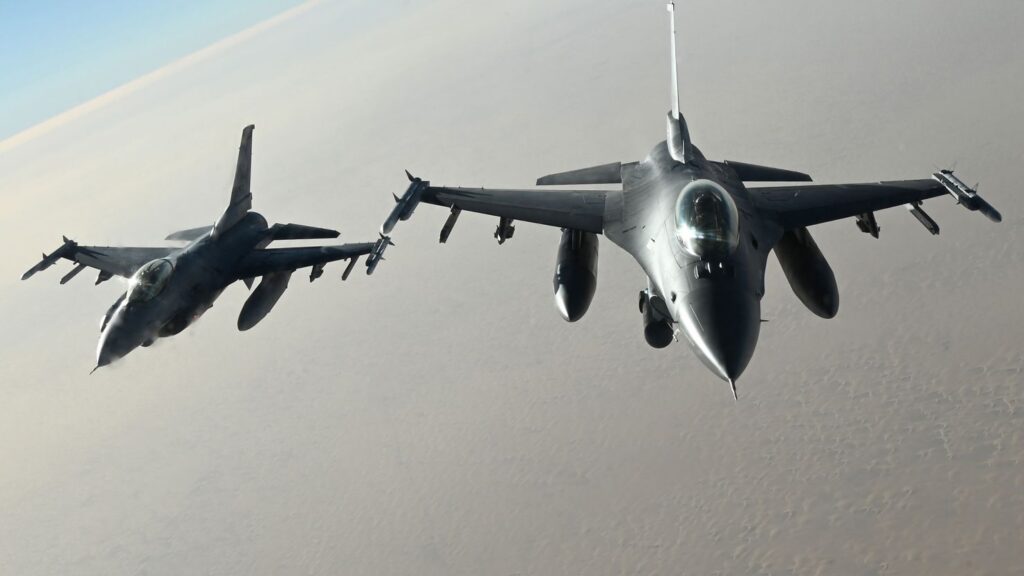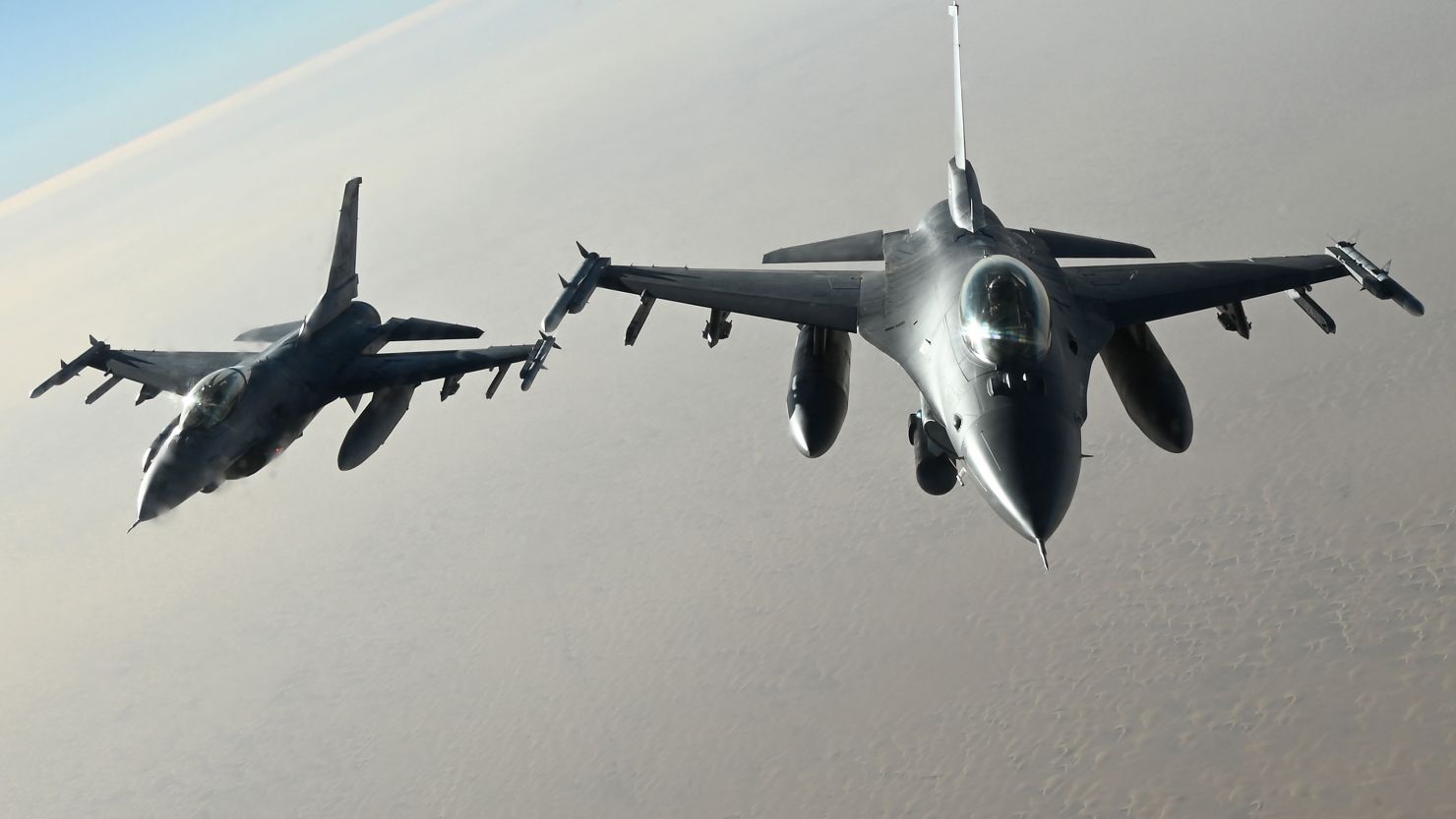India may decline the U.S. F-35A and Russia’s Su-57E offers, eyeing stealth fighter development via its FGFA-based program. Here’s what it means.

In a move that could reshape the future of Indian airpower, New Delhi is reportedly preparing to reject offers from both the United States and Russia to supply their respective fifth-generation fighter aircraft—the F-35A Lightning II and the Su-57E Felon. Instead, India is leaning toward developing its own stealth fighter jets based on the legacy of the FGFA (Fifth Generation Fighter Aircraft) project, which was previously shelved.
While many expected India to be drawn into one of the two major military-industrial camps—either Washington’s F-35 ecosystem or Moscow’s Su-57 platform—sources close to India’s defense establishment claim the government is now more interested in indigenous stealth fighter capability, both for strategic independence and long-term sustainability.
This decision, though not yet formally announced, has already generated intense speculation among global defense watchers.
India’s air defense needs have been long overdue for modernization. The Indian Air Force (IAF), despite operating top-tier aircraft like the Rafale, Su-30MKI, and upgraded Mirage 2000s, has been increasingly vocal about its need for fifth-generation fighters. These are not just about raw power or speed, but about radar evasion, data fusion, electronic warfare, and advanced sensor integration.
Previously, India had co-developed the FGFA with Russia based on the Su-57 design. However, in 2018, India pulled out of the program citing issues like cost, delayed timelines, and lack of transparency. Since then, many believed India would eventually either buy the American F-35 or rejoin the Russian Su-57 project.
Now, it seems New Delhi has chosen a third path.
It’s important to consider why India would reject the F-35A, an aircraft widely regarded as the most advanced stealth fighter in operational service today. Despite its unmatched sensor fusion, electronic warfare capability, and battlefield integration, the F-35 comes with strings attached. The U.S. imposes strict end-user monitoring, geopolitical restrictions, and maintenance dependencies that limit autonomy.
For a country like India, which values strategic independence, this may be a red flag.
Similarly, the Russian Su-57E—while cheaper and more open in terms of technology transfer—has not yet proved itself in combat. Only a small number of Su-57s have been inducted into the Russian Air Force so far, and their production has suffered repeated delays. Given India’s past frustration with Russian timelines (seen in delays of INS Vikramaditya and the S-400 system), skepticism about the Su-57E is understandable.
The third option—reviving India’s stealth fighter ambitions through an FGFA-like initiative—has certain undeniable advantages. First, it aligns with Prime Minister Modi’s “Atmanirbhar Bharat” (self-reliant India) vision. Second, it gives India complete control over design, mission capability, software, and integration. And third, it allows Indian engineers and defense scientists to build up homegrown expertise in stealth technology, which is the future of air warfare.
According to recent reports from defense analysts and retired Air Force officials, the Advanced Medium Combat Aircraft (AMCA) is now India’s most promising fifth-generation fighter project. This program, led by the Aeronautical Development Agency (ADA) and Hindustan Aeronautics Limited (HAL), is expected to enter production in the early 2030s, with prototypes flying before 2028.
While some critics say this timeline is too long, Indian defense insiders argue that developing stealth aircraft is a slow, expensive, and technically demanding process. What matters is not just acquiring stealth jets—but acquiring the ability to build them.
This shift away from foreign dependence also protects India from being caught in great power politics. Accepting U.S. jets would put India further into the American defense ecosystem, possibly straining its ties with Russia. Conversely, aligning too closely with Russian defense tech could affect India’s growing relations with the West. A neutral, self-developed stealth program sidesteps these complications.
Of course, this doesn’t mean that India is completely turning away from foreign defense cooperation. The IAF will continue operating Su-30MKIs and Rafales for decades. Joint projects like the BrahMos missile with Russia and jet engine technology transfer talks with France and the U.S. are still on the table. However, the core message is clear: India wants autonomy in next-gen aerial warfare.
This potential rejection of the F-35A and Su-57E may also open up India to other collaborations. For example, France has reportedly shown interest in offering stealth upgrades to the Rafale platform, while the UK’s Tempest fighter program has explored partnering with countries like India. These may become more attractive if India seeks tech partnerships without full dependency.
Still, the decision to go it alone carries risk.
Building a stealth aircraft is not just about radar-absorbing material or internal weapons bays. It involves cutting-edge propulsion, supercruise capability, sensor fusion, artificial intelligence, electronic warfare, and secure networking. The U.S. took decades and billions of dollars to perfect the F-22 and F-35. China’s J-20 also faced years of development challenges, particularly in engine reliability.
India will need to learn from these challenges and plan accordingly.
One thing is certain: the AMCA project will define India’s defense capabilities for the next three decades. If successful, it won’t just be a military asset—it will become a symbol of India’s technological maturity and geopolitical independence. But failure to execute could result in massive delays, increased foreign reliance, and defense vulnerability in a region that includes both China and Pakistan.
As the world becomes increasingly unpredictable, India is choosing to invest in self-reliance over short-term convenience. This may seem like a gamble now, but in the long run, it could pay off by giving India true control over its skies.
Internal Link Suggestion:
See our full analysis on India’s AMCA stealth fighter project (replace with actual internal article link)
External Link Suggestion:
Read the official U.S. Air Force F-35 overview for more details (replace with verified external resource link)

